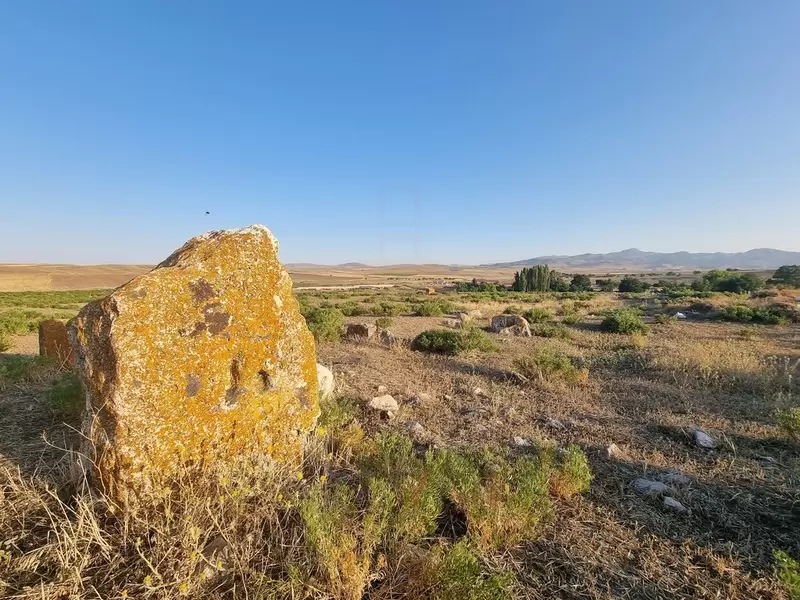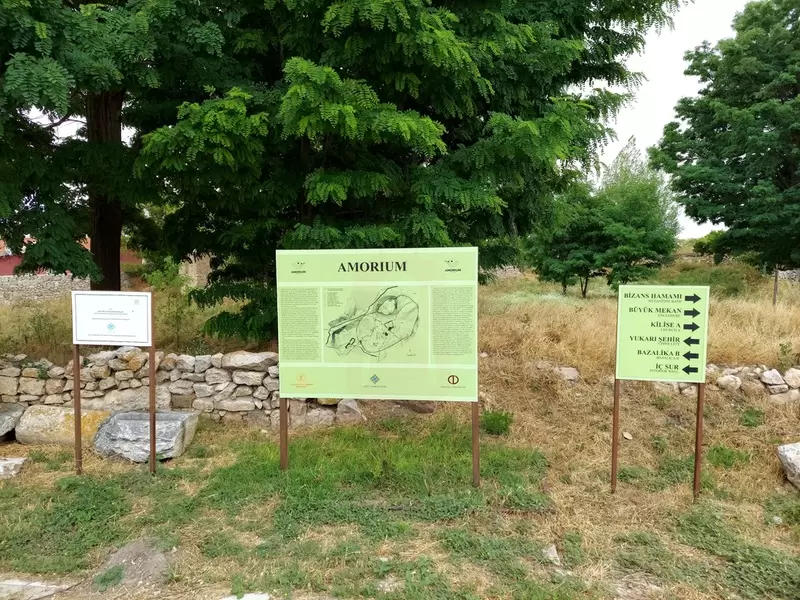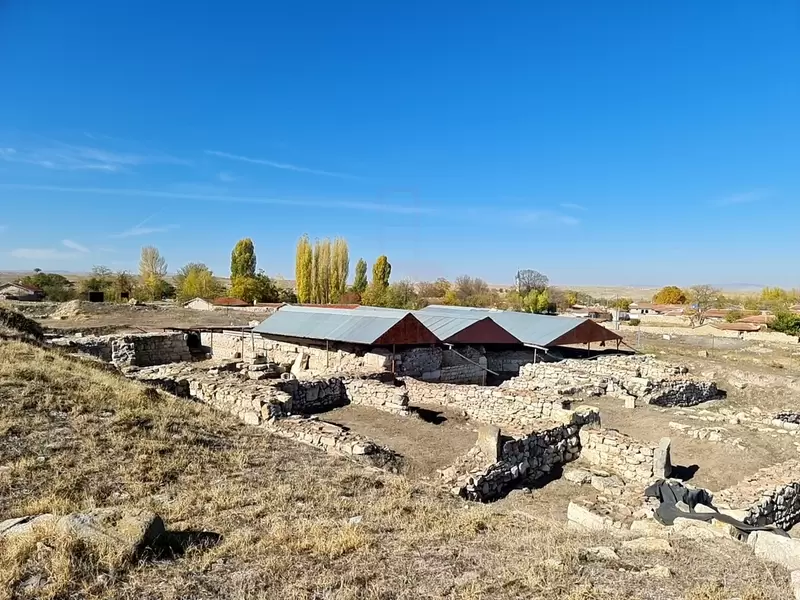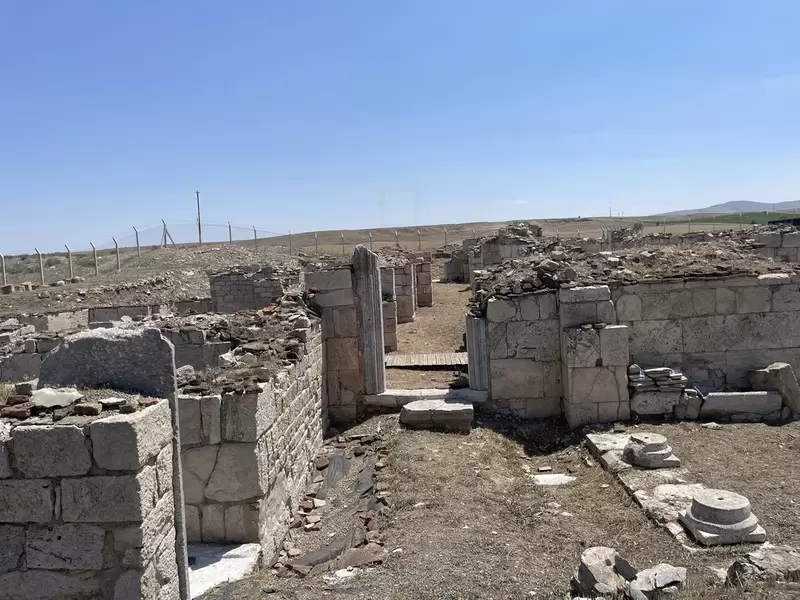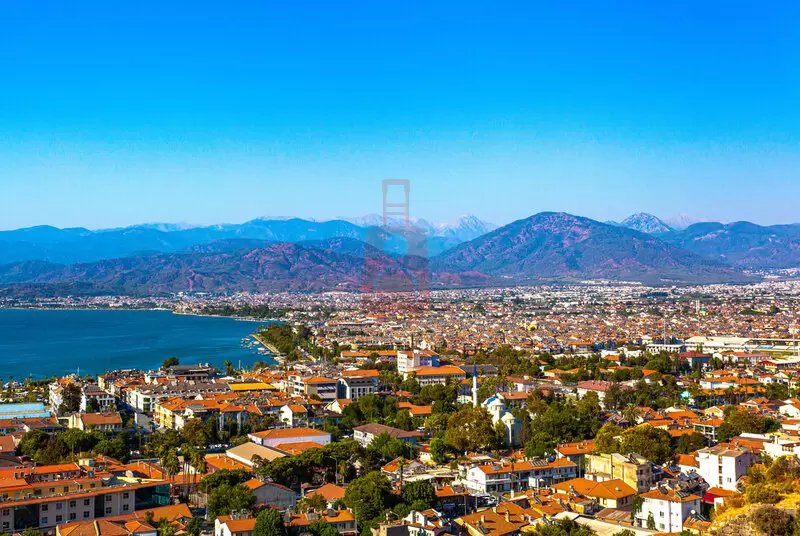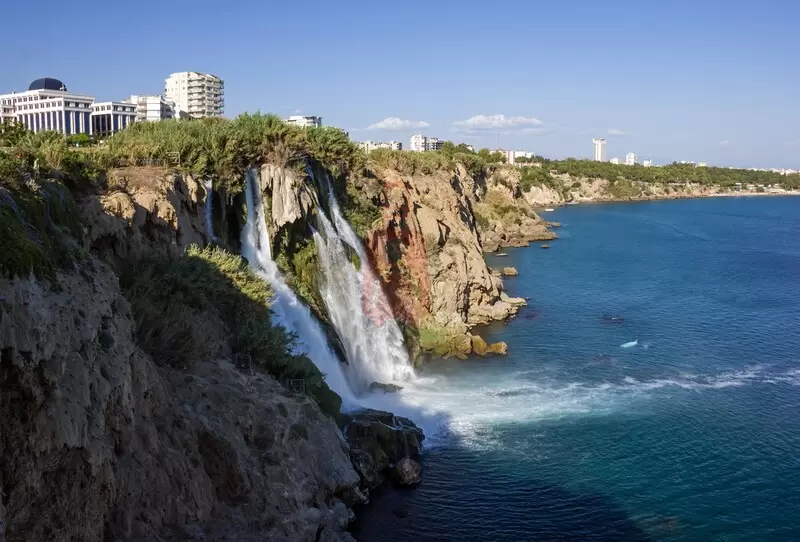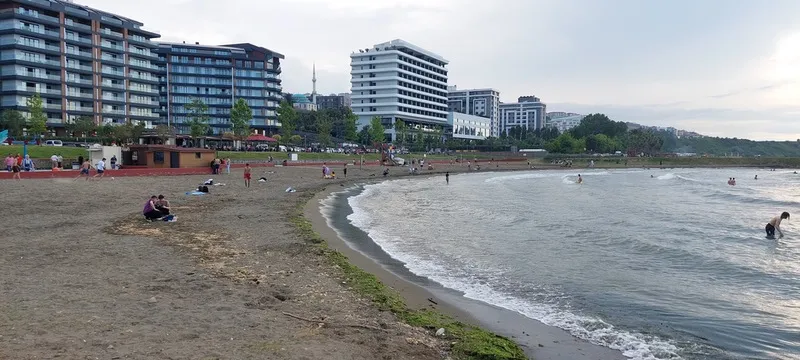
Welcome to Amorium Ancient City! Located in the modern-day province of Afyonkarahisar in central Turkey, Amorium is an archaeological site that holds great historical and cultural significance. This ancient city was a thriving center of the Byzantine Empire and offers valuable insights into its political, economic, and artistic achievements.
Historical Background:
Amorium traces its roots back to the Hellenistic period but gained prominence during the Byzantine era. It served as an important military, administrative, and commercial hub, playing a crucial role in the region's history. The city endured numerous invasions and sieges throughout its existence, and its eventual decline came with the Seljuk Turkish conquest in the 11th century CE.
Archaeological Highlights:
Exploring Amorium Ancient City allows you to uncover the remnants of its rich past. Here are some notable features and structures:
1. City Walls: The city was fortified with sturdy walls that encompassed its urban area. The remains of these walls, along with towers and gates, provide a glimpse into the defensive strategies employed by the Byzantines. Walking along the walls offers panoramic views of the surrounding landscape.
2. Basilica and Churches: Amorium was home to several basilicas and churches, indicative of its religious significance within the Byzantine Empire. The basilicas featured intricate architectural elements, including mosaics and decorative motifs. The Church of St. Polyeuktos is one of the notable structures at the site.
3. Residences and Public Buildings: Excavations at Amorium have uncovered the remains of residential areas, showcasing the daily life and living conditions of the city's inhabitants. Public buildings, such as the Roman Bath Complex and the Byzantine Palace, provide insights into the civic and social aspects of the Byzantine society.
4. Archaeological Museum: The Amorium Archaeological Museum, located near the site, displays a collection of artifacts discovered during the excavations. The museum houses sculptures, ceramics, coins, and other objects that shed light on the art, craftsmanship, and everyday life of the Byzantine period.
Visiting Tips:
- Wear comfortable shoes suitable for walking on uneven terrain, as the site may involve some rough paths and scattered ruins.
- Bring water, sunscreen, and a hat, as shade may be limited.
- Consider hiring a guide or obtaining informational materials to gain a deeper understanding of the historical significance of the site.
Nearby Attractions:
While visiting Amorium, you may also explore other nearby attractions. Afyonkarahisar, the provincial capital, is known for its thermal springs, historical sites, and local cuisine. The ancient city of Hierapolis-Pamukkale, a UNESCO World Heritage site with its stunning travertine terraces and ancient ruins, is within driving distance and offers a unique experience.
In conclusion, a visit to Amorium Ancient City allows you to delve into the Byzantine history and admire the architectural and artistic achievements of the era. The city walls, basilicas, residences, and archaeological museum offer a glimpse into the daily life, religious practices, and cultural legacy of the Byzantine Empire. Embark on a journey through history as you explore this remarkable archaeological site.
Please note that archaeological sites are subject to ongoing research, restoration, and accessibility may vary. It's advisable to check for the latest information and guidelines from official sources before planning your visit.

